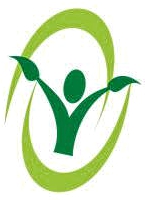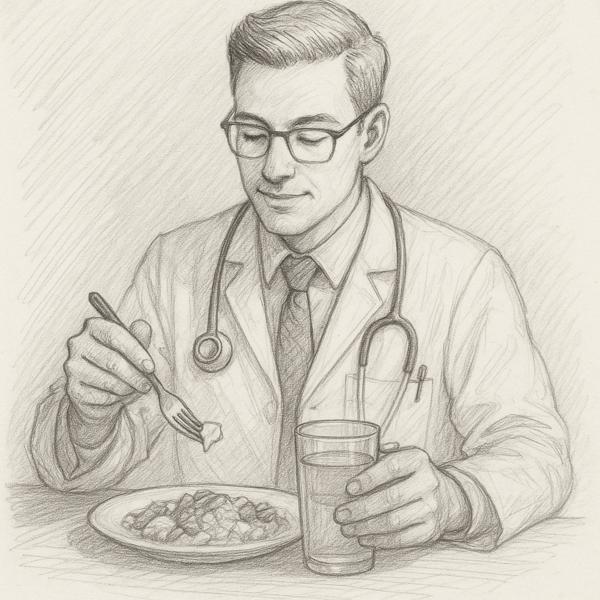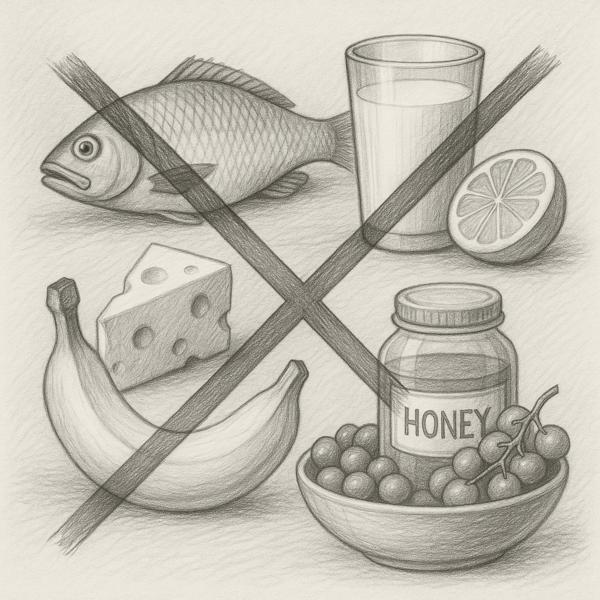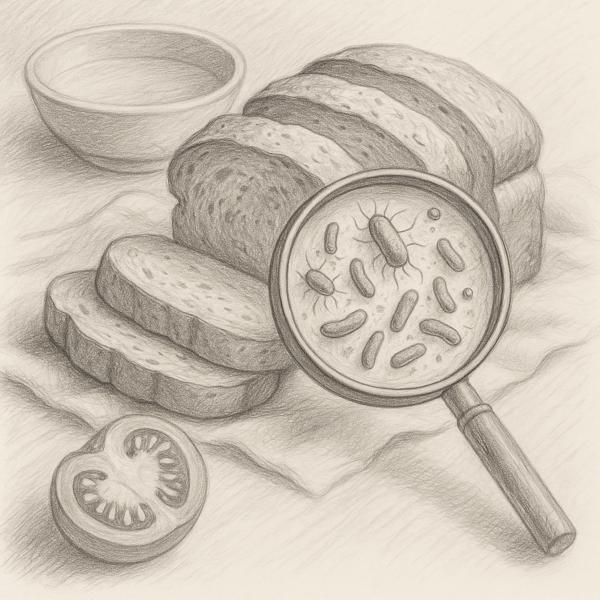
When a wound first occurs, the body enters an emergency phase. At this stage, the most important goals are:
✔ To stop bleeding
✔ To control pain
✔ To prevent swelling
✔ To avoid infection
Acharya Sushruta described a set of powerful treatments under Shasti Upakrama that deal specifically with this acute phase of injury. These methods are surprisingly similar to what modern emergency medicine follows today.
Stambhana – Stopping Active Bleeding
Stambhana means arresting bleeding immediately. In ancient times, this was done using physical pressure, herbal powders, or special techniques.
Modern relevance:
Today, doctors control bleeding by:
- Applying firm pressure
- Using pressure bandages
- Using hemostatic gauze
This principle is still the first step in emergency wound care.
Agnikarma – Heat Cauterization
Agnikarma is the use of controlled heat to seal bleeding vessels.
This was done using heated metal instruments in ancient surgical practice.
Modern equivalent:
Today, surgeons use:
- Electric cautery
- Diathermy
- Laser cauterization
This method helps in:
- Sealing blood vessels
- Preventing repeated bleeding
Kshara Karma – Chemical Cauterization
Kshara Karma is chemical-based hemostasis using alkaline herbal preparations.
Modern parallel:
This is similar to using:
- Chemical hemostatic agents
- Silver nitrate sticks
- Topical clotting agents
These are used when bleeding is difficult to control by pressure alone.
Sthirikarana – Stabilising the Injured Area
Sthirikarana means immobilising the affected body part.
This prevents:
- Further tissue damage
- Re-bleeding
- Pain caused by movement
Modern example:
Doctors use:
- Splints
- Slings
- Plasters
- Immobilizers
This is especially important in fractures and deep tissue injuries.
Vedanasthapana – Relief from Pain
Vedanasthapana refers to methods for pain relief.
Ancient medicine used herbal preparations and soothing applications.
Modern medicine uses:
- Painkillers
- Local anaesthetic gels
- Ice packs
- Analgesic injections
Pain control helps the body relax and supports faster healing.
Daha Prashamana – Relief from Burning Sensation
When wounds burn, sting, or feel hot, Daha Prashamana is used.
This includes:
- Cooling herbs
- Cold applications
- Soothing oils
Modern equivalent:
- Cooling gels
- Aloe vera based creams
- Cold compresses
- Burn ointments
This reduces cellular damage caused by heat and inflammation.
Samsamana – Reducing Swelling and Inflammation
Samsamana is about controlling inflammation.
Inflammation is necessary for healing, but excess swelling delays recovery.
Modern methods:
- Anti-inflammatory medicines
- Steroids in selected cases
- Ice therapy
- Elevation of ithe njured limb
This keeps inflammation in a healthy, controlled range.
Why These Methods Are Still Relevant Today
Modern emergency medicine follows the same sequence that Sushruta described:
- Stop bleeding
- Control pain
- Stabilise the area
- Reduce swelling
- Prevent complications
This proves that Shasti Upakrama is not outdated—it is timeless surgical wisdom.
The acute phase of injury is the most critical stage of wound care. If handled properly, it prevents serious complications and speeds up healing. The methods of Sushruta described thousands of years ago are still used daily in emergency rooms worldwide.








